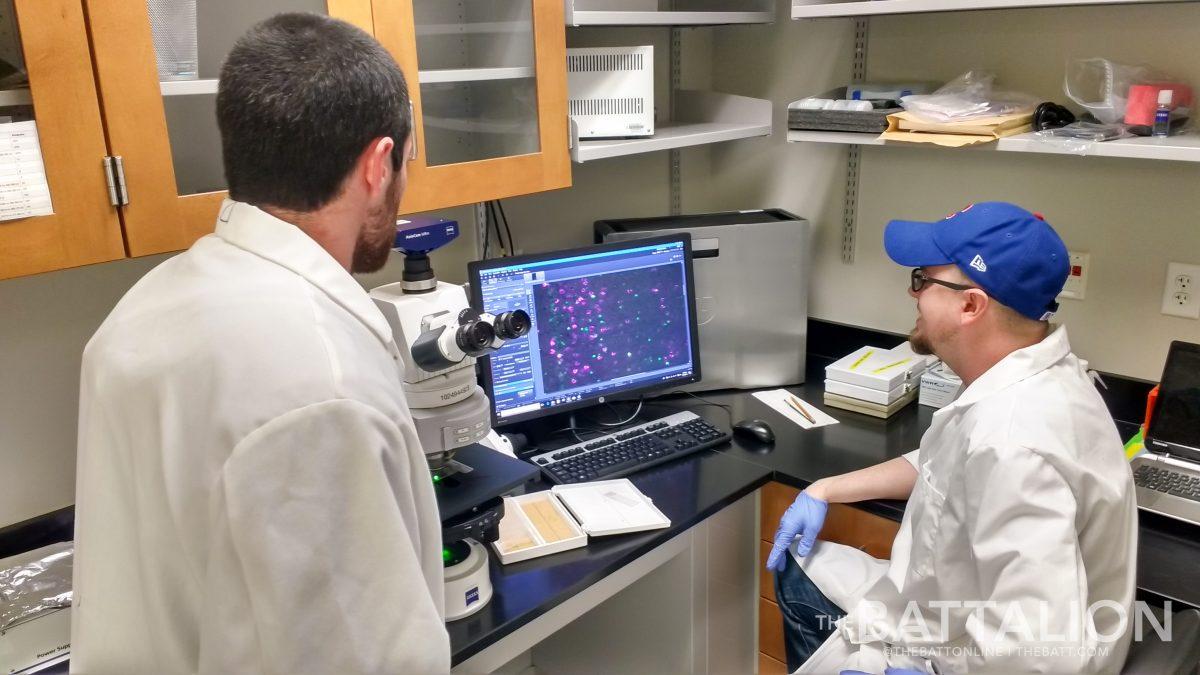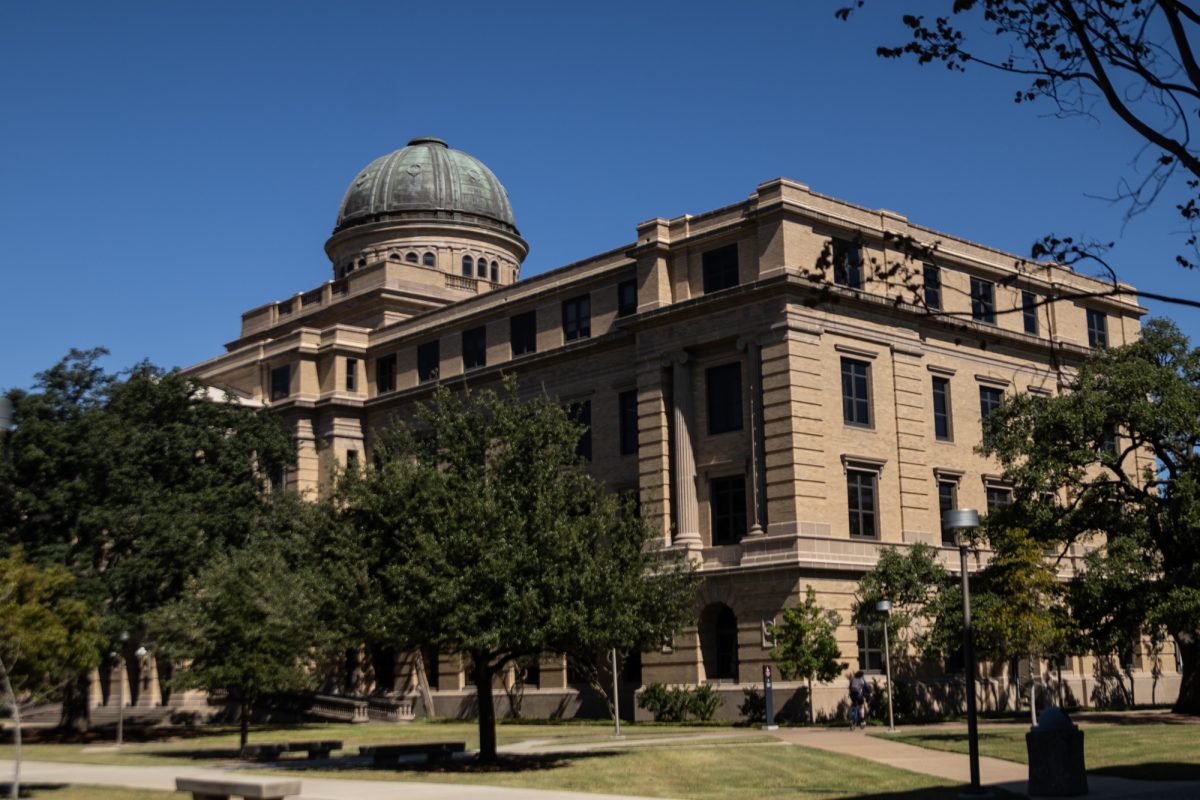A Texas A&M psychology professor and his team of researchers working on the brains of rats have discovered a circuit of neurons responsible for the storage of frightful memories linked to post-traumatic stress disorder and other anxiety disorders.
Stephen Maren, professor of psychological and brain sciences, along with his team of researchers, claim to have isolated a particular circuit of neurons that could pave the way for treating disorders like recurring anxiety disorders like PTSD. The results were recently published in an academic research paper.
Maren and his team of researchers’ interest in the topic stems from its nature of great clinical importance and the sheer number of people affected by these types of disorders. Maren said we can begin to treat these memory-centered disorders by learning more about how we store these fearsome memories in our brain.
“We are interested in both how animals learn about traumatic events and then how one can suppress those memories using behavioral procedures,” Maren said. “These behavioral procedures are similar to those that are used in people who are undergoing therapy from a clinician or psychologist.”
The driving force for this team of researchers is the inefficiency of currently employed therapy and procedures that don’t completely halt fearful memories from recurring.
“After these procedures, an example would be exposure therapy procedure to reduce their fear, you often find that the fear memory relapses [or] comes back,” Maren said. “So it’s a problem for individuals under treatment for anxiety disorders and PTSD because this fear relapse is a fairly common phenomenon. Something like two-thirds of people that undergo therapy experience a relapse of fear at some point.”
Maren has been involved in the neuroscientific field since 1992, with doctoral students Travis Goode and Tom Giustino, among others, joining his research team as a part of the university’s interdisciplinary neuroscience program, in the past few years.
Maren said the team was assembled based on the individuals’ expressed interest in the science.
“With scientific teams, you don’t go looking for talent. People are chosen based on their interest in the field of study,” Maren said. “Within the lab, things have become interdisciplinary — Tom specializes in electrophysiology and Travis has done more work on behavioral and viral side of things. So, you could say the team was assembled through the expertise they brought with them.”
While Maren said he admits they are quite far off from being able to completely cure disorders like PTSD, a step in the right direction would be to understand the functioning of a brain.
“A cure is a long way off and the starting point from our perspective is you have to understand the brain circuits and cellular mechanisms that are broken in order to think about how one might intervene,” Maren said. “It’s also important to understand how the healthy brain works and how these circuits work in the healthy brain.”
Giustino said their research is a mix of both pure scientific learning and translational learning where one aspect of science learned from an observation is later applied to a similar situation.
“I like to describe what we do as hybrid research,” Giustino said. “There’s basic science where one is interested in learning how something works and not how that translates to humans or human condition. Then there’s translational research which is perhaps done in rodents which is then translated to humans. So, we have an interest in the basic components of learning memory and if it lends itself toward PTSD treatment, that’s a great thing too.”
Goode said the increasing attention neuroscience has been receiving in recent times has led to some questions being answered.
“This field has grown a lot in the past several decades,” Goode said. “There is a lot of new advancements in neuroscience that are kinda exploding right now, answering questions we typically ask, but there is still lots to do in this field.”
This revelation might bring about the possibility of implantable devices, a reality made plausible with the rise of artificial intelligence, according to Maren.
“There’s all sorts of possibilities,” Maren said. “One thing in particular we are discussing with some engineers on campus is ways to develop implantable devices that might regulate this circuitry in the brain. The move toward brain-machine interfaces and obviously, with the rise of AI and everything, there will be lots of opportunities for intervening in ways that just weren’t possible say, even 10 years ago.”
Researchers look to help fight anxiety through brain research
March 1, 2018
0
Donate to The Battalion
$1015
$5000
Contributed
Our Goal
Your donation will support the student journalists of Texas A&M University - College Station. Your contribution will allow us to purchase equipment and cover our annual website hosting costs, in addition to paying freelance staffers for their work, travel costs for coverage and more!
More to Discover










